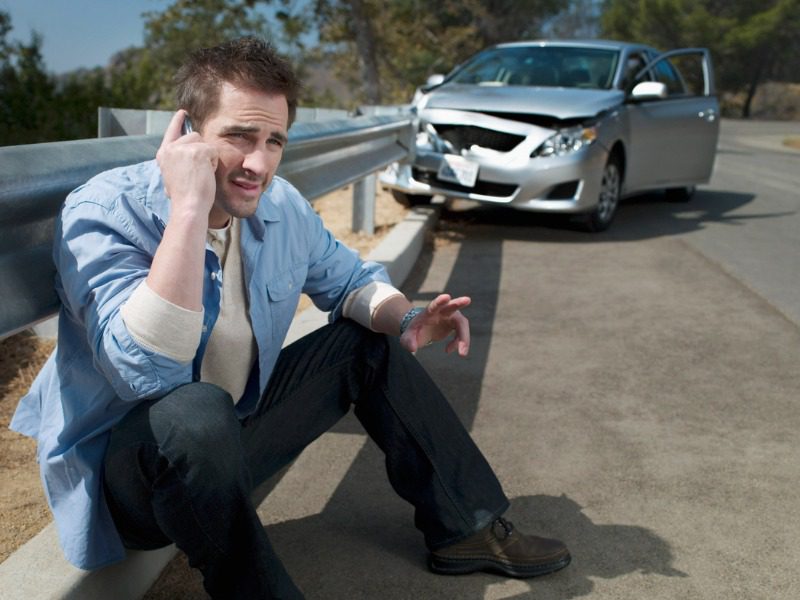Every U.S. state has it’s version of DCPD, right?

Do your clients visit the U.S. often? If the answer’s ‘yes,’ take a review of their collision coverage because not every U.S. state has a direct compensation for property damage (DCPD) regime.
“There are a number of really large insurers in the states that do operate using the same or a similar system as our [DCPD] here in Ontario, but there’s no guarantee,” says Jesica Ryzynski, a claims specialist with Mitch Insurance.
“If you’re involved in an accident with somebody in the United States, and it’s in a state where there is no DCPD, you must have collision on your vehicle in order for your damages to be covered. Even if [a client] is just traveling across the states in the summer with their family — head out in the minivan and away they go — the key thing would be to absolutely carry collision,”
Related: What brokers say about Ontario DCPD opt-outs
If a client carries collision and is involved in an accident, even if they’re not at fault, they can report that claim to their Canadian insurer and the insurer will handle that claim.
“You’re going to pay your collision deductible, and then they will go and deal with the American insurer to try and get that deductible back for you,” she says.
However, say a client is travelling in the U.S. and gets rear-ended. Without collision coverage, if there’s no DCPD regime in that state, the client would have to go to the other driver’s insurance, just like an American driver would, and demand they pay damages. And it’s a lengthy process.
Other considerations
Clients also should be advised to revisit their collision deductibles.
“Say a client chose a $2,000 collision deductible but is eligible to lower it to $1,000. They might want to do that before heading across the border, knowing that regardless of what happens outside of a theft, they’re going to have to pay the collision deductible,” Ryzynski tells CU.
It’s also worth considering higher liability limits and an increase in optional injury coverage. Clients also need a heads up about the currency conversion.
Related: Regulators address Alberta DCPD misconceptions, brokers contest public auto
“If [a client is] involved in an accident and carries collision, their insurance company is going to pay for damages. A client can deal with their own insurance company, but they’re still stuck in the states,” she notes.
“If you need a rental vehicle while yours is being repaired, those rentals are priced in U.S. dollars. Make sure to increase the rental limits because the Canadian dollars are not going to go as far for a rental limit in the United States.”
Road rage
Another thing to consider is differences in driver etiquette in many U.S. states, compared with Canada.
“Knowing [a client is] going to be in an environment where they’re dealing with more aggressive drivers, there should be a discussion around increasing optional accident benefits coverage, because that’s going to be a risk for third-party liability,” Ryzynski tells CU.
“You want to bump that up, because they’re a lot more litigious in the States. They are very quick to sue. You want to make sure that you’re carrying those higher limits of third-party liability as well.”
And make sure clients understand how long the processes can drag out when U.S. insurance companies are involved.
The Canadian insurer will pay the client to repair the vehicle. But the client will have to pay the deductible and wait while the Canadian insurer works with the American insurer to subrogate for damages and get that deductible back.
“We never want to tell somebody, ‘Oh, no problem. They’re going to get your deductible back for you.’ We always caution that this is going to be a very long process, and [that they’re] going to be out of pocket.”
Feature image by iStock/Chris Ryan



